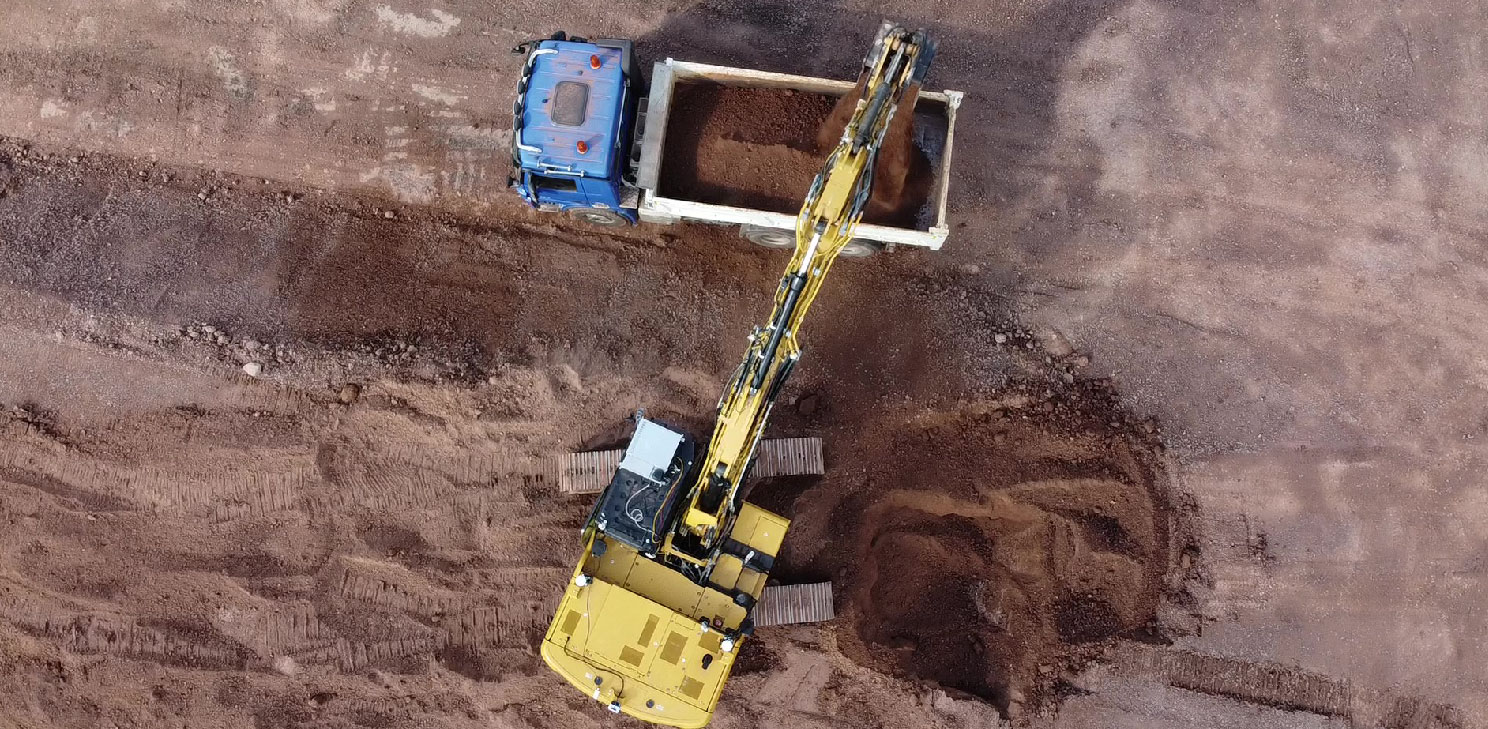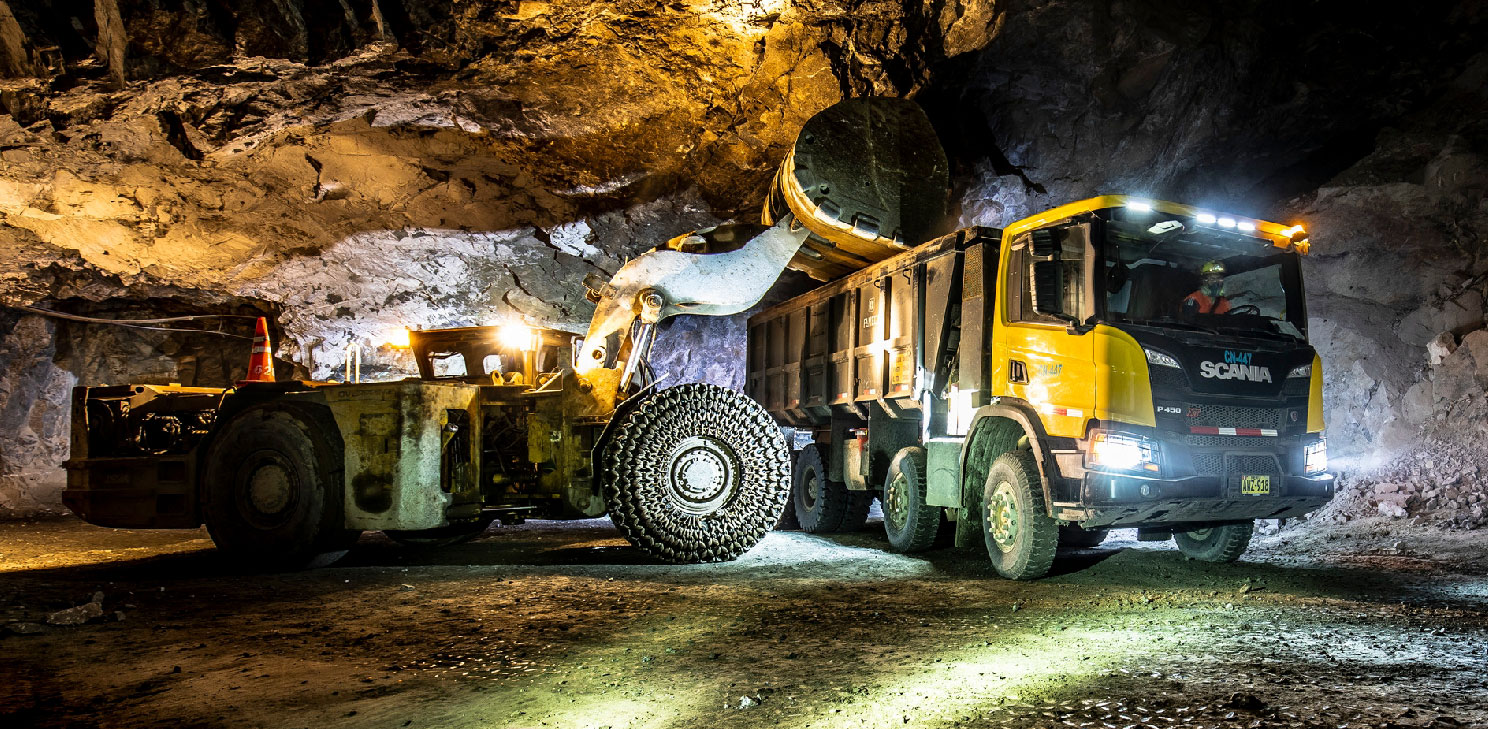Solid-state batteries are an important building block for the electrification of mobility. Traditional Li-ion chemistry has its limitations and solid state batteries offer a better alternative, providing a solution to end-users who seek to mitigate some of the issues that come with Li-ion batteries. With no liquid electrolyte, these batteries can be lighter, safer (with reduced fire risk), faster to recharge, and more energy dense while still being able to deliver ranges of 600 miles (965 km) or more.
Solid state batteries promise higher energy densities with intrinsic fire safety. This is achieved by replacing the flammable liquids (organic electrolytes) currently used in batteries with ion-conducting solid materials, allows them to withstand temperatures up to 1,000 degrees Celsius and well suited for extreme environments. Due to their chemical resistance, solid ion conductors allow the use of high-energy materials, such as metallic lithium, and also have a longer lifetime. By making it easier for lithium ions to oscillate from one side of the battery to the other, solid-state batteries can support rapid charging times compared to today’s standard. Another advantage of batteries with solid electrolytes is the feasibility of new space- and weight-saving cell concepts. In addition to the construction of bipolar interconnected cells as a new cell design, the shape of the battery can also be freely selected. This opens up the possibility of using batteries not only as energy supply and passive structural components in mobile systems, but also of incorporating them directly as active structural elements (structural battery)
The federal National Blueprint for Lithium Batteries 2021 to 2030 set a goal of demonstrating, by 2030, the at-scale production of solid-state batteries that are cobalt- and nickel-free and that meet a production cost of less than $60 per kilowatt-hour, with a specific energy of 500 watt-hours per kilogram. The Biden Administration’s Inflation Reduction Act also provides income tax credits for EVs that, among other things, source their batteries in North America.
Innovations for solid-state batteries are being made across the globe with researchers at the Qingdao Institute of Bioenergy and Bioprocess Technology (QIBEBT) of the Chinese Academy of Sciences, along with collaborators from leading international institutions, introducing introduced an innovative cathode homogenization strategy for all-solid-state lithium batteries (ASLBs). They have addressed key challenges in ASLBs and their work represents a significant milestone in battery technology and offers a promising outlook for future advancements.
There are still important engineering challenges to solve, but full-scale commercialization of solid-state batteries will become a reality in the near future. Solid-state batteries have other disadvantages such as high costs due to the materials that they’re made out of being difficult to scale, with low-throughput manufacturing processes driving up the cost further. Finding the right materials to actually build a solid-state battery proves to be tricky, the ultimate goal is to switch a battery’s anode from graphite to lithium metal. Even when promising materials are discovered, they still face challenges with scalability and manufacturing, hindering their practical use in commercial batteries. Manufacturing hang-ups drive up the costs of solid-state batteries as they require particular temperature and pressure conditions that are specific to each build and unique set of materials, complicating mass-scale production. They may also face interface issues where full contact between an electrolyte and an electrode due to interfacial gaps and irregularities is affected, leading to electrical resistance and poor conductivity. Over time, the lack of proper contact may degrade and even short circuit the battery.
Solid-state batteries hold immense potential for transforming energy storage in mobility, offering significant advantages in safety, energy density, and design flexibility. However, despite their promise, challenges in material selection, scalability, and cost must be overcome before they can achieve widespread commercial adoption. To hear about the current outlook on the future of solid-state batteries and gigafactories at large, book your place to attend the 2nd Battery Gigafactory Summit USA: Advances in Planning, Engineering and Operations taking place in Nashville, Tennessee, on November 13–14, 2024.
For more information, visit our website or email us at info@innovatrix.eu for the event agenda.













